The Celts and Fairy Faith in the Month of Hallowe'en
A Recipe for Fairy Butter - a Magical Time of Year
Dr Katherine Briggs in her book The Vanishing People, suggests that Fairies are only visible between eye blinks. Fairies have been leaving the country since Chaucer’s day or in the words of Nan Mackinnon from the Outer Hebridean Island of Vatersay: “Yes, about the fairies and all that. They say that they are here for a century and away for another century. This is their century away”.
Much of the Celtic belief in Fairies is handed down orally, it remains poorly documented. Fairyland is commonly thought of as underground or water-based, indeed perhaps invisible. Mortals must not eat in Fairyland, unless they wish to remain there indefinitely. Likewise Fairies cannot accept human clothing; they dislike church bells, running water and flee at the crow of the cock.
Fairies were believed to be fallen Angels; not good enough for heaven but too good for hell: a conundrum. The American anthropologist Evan Wentz, wrote his book ‘The Fairy Faith in Celtic Countries’, because it was here that he found more folklore material to grapple with. John Campbell, of the Outer Hebridean Isle of Barra, told Wentz he imagined that “no woman would be clad in that colour (green) except she be a Fairy woman.” Sir James Frazer, in his seminal work ‘The Golden Bough’, suggests that ‘the safeguard against the Elfin (Fairy) race is iron or, better yet, steel’. He describes sticking a knife or needle in the door to ensure the Fairies can’t shut you in or out. Nails around a bed, ward off Fairies.
Those who had contact with Fairies were often endowed with second sight –common in the Scottish Highlands and Islands. The Little People were also known as the Good People.
I’m taken with Katherine Briggs categorisation of Fairies - a move away from the usual ‘Good versus Bad’.
She describes:
Trooping Fairies - heroic and homely – the most common agricultural types -who like domestic order.
Solitary (Small Fairy Families) – who haunted particular areas.
The Tutelary Fairies - who attached themselves to human families - helpers.
The Nature Fairies - Water Sprites & Kelpies
The Supernatural - Hags, Monsters & Giants
There are many stories surrounding the Fallen Angels. A Norwegian tale tells how God visited Adam and Eve, who had many children. An embarrassed Eve hid some of the children (those born after she was of child bearing age) – these children remained hidden forever. The descendents of the hidden children formed the hidden race – ‘hidden people’. Another quasi religious notion was that Fairies were the souls of unbaptised children. John 10: 16 suggests a separate creation for other sheep, not in the fold. Could this be Fairyland? As descendents of Fallen Angels, Fairies were ranked below Mortals but, in common with God, ‘invisible except by their own will’. Wentz believed that Fairies shared an ability to become invisible as Christ did at his Ascension and Transfiguration.
Legends talk of a hidden world which possibly functions to make sense of unexpected happenings. A death would be rationalised by the person being taken away by ‘the Little People’.
When a ‘diseased’ or ‘deformed’ child was born, it was known as a Changeling. (Whom today we might consider to have a congenital impairment). However Martin Luther co-authored a 1523 publication which inclined that any seriously deformed child had been ‘assigned from God’. In the mountains of Switzerland where Cretinism was endemic (a thyroid disorder due to iodine-deficiency at high altitude) the afflicted children were considered to have human souls and worthy of grace despite their irreverent behaviour. (Cretin derived from Crestin, Christianus).
In Medieval times a post partum lady did not attend church until a period had passed. This was known as Churching – a rite of purification and thanksgiving for the safe delivery of a child. This practice continued into the 19th Century when the mother presented to church with an offering. There is evidence of Churching in church baptismal records. In many areas a women who had died in childbirth could not be buried in holy ground because of the unchristened soul that she had carried.
Katherine Briggs writes that a golden haired child is the preference of the Fairy race, especially if he is a boy.
WB Yeats’ poem The Stolen Child is rooted in the changeling folklore. Changeling tales can be horrid. In Fiona Macleod’s The Fara Ghael the changeling is loved and cherished whilst the human child is abandoned. Victimisation is of the mother or the natural child. Dr Katherine Briggs views Fairies as ‘spirits of the dead’, ‘degenerated deity’. Fairies are, in one sense, Pagan with a strong sense of right and wrong. They demand to be treated well or the humans (you) will suffer. “Do not offend the Fairies” is a fearsome command that has no bearing on Christian forgiveness. The Fairies seem to be worthy of placation due to the mystery that surrounds them – uncertainty breeds caution. Nature has its secrets. In much the same way the meaning and significance of ‘the Green Man’ emanates from the Pagan view of vegetation and woodland. Fairies are beings linked to the abundance of nature, but ironically most seem to live deep underground.They are manifested as spirits tied to trees or in water.
Many people in the past have found, and still some continue to find, comfort in Fairies:
Robert Louis Stevenson wrote of ‘those little people, my brownies, who do one half of my work for me while I am fast asleep, and in all human likelihood do the rest for me as well, when I am wide awake and fondly suppose I do for myself’ .
Sir Walter Scott toyed with a belief in Fairies. Arthur Conan Doyle, a passionate believer in spiritualism, professed to believe in Fairies well before his involvement with the Cottingley Fairy photographs in 1917. Conan Doyle’s interest ensured that the fake Fairies (drawn, and staged using hat pins, by young cousins Frances Griffiths and Elsie Wright), achieved huge press interest. The authenticity of the photographs was not refuted for decades. The cousins confessed to the hoax in the 1980s, but at the time, the publicity surrounding the Fairy photographs, prompted what today would be considered ‘Fairy-Mania’.
Those interested in Gaelic folklore could visit the free exhibition of the work and illustrations of Folklorist John Francis Campbell (1821-85) in Edinburgh
He is titled as the Saviour of Highland Folklore, applying a high degree of scholarship to the documentation in his book The Popular Tales of The West Highlands.
Somewhat intriguingly, a Free Church of Scotland Minister, John Gregorson Campbell (1836-91) with an interest in folklore, conversed with John Francis Campbell and transcribed many oral Gaelic legends. These were gathered from his illiterate parishioners. Superstitions appears to have been brushed aside. John G Campbell’s books have interesting titles: Witchcraft and Second Sight in the West Highlands and Superstitions of the Highlands and Islands of Scotland.
An earlier 17th Century ‘Scottish Fairy Minister’, the Reverend Robert Kirk is remembered for translating the bible into Gaelic (1689) and also for his 1691 publication The Secret Commonwealth of Elves, Fauns, and Fairies. This book recalls tales of those who had encountered the Wee Folk or Fairies. In this number, Kirk counted himself. Unsurprisingly he was known as the Fairy Minister.
“These Siths or Fairies they call Sleagh Maith or the Good People…are said to be of middle nature between Man and Angel, as were Daemons thought to be of old; of intelligent fluidous Spirits, and light changeable bodies (lyke those called Astral) somewhat of the nature of a condensed cloud, and best seen in twilight. These bodies be so pliable through the sublety of Spirits that agitate them, that they can make them appear or disappear at pleasure” – from The Secret Commonwealth of Elves, Fauns and Fairies.
Doon Hill also known as Fairy Knowe or Dun Sithean is within walking distance of Robert Kirk’s’ stipend, Kirkton church, Aberfoyle. It is still known as the Gateway to the World of the Fairies where there is a Fairy Trail.
Wentz quotes a Christian minister on the Reality of Fairies.
'When I was a boy I was a firm believer in fairies; and now as a Christian minister I believe in the possibility and also the reality of these spiritual orders, but I wish only to know those orders which belong to the realm of grace. It is very certain that they exist. I have been in a state of ecstasy, and have seen spiritual beings which form these orders.’
As a child I was a Brownie, the Sixer of the Gnomes. I was hugely envious of my friend who was sixer of the Fairies. The Fairy emblem neatly sewn on her brown uniform was enchanting. I never quite got my head around heading up the Gnomes. I was fascinated to discover that Lord Baden Powell may have named the Brownies (junior Girl Guides), after reading Juliana Horatia Ewing’s stories about two helpful Brownies.
“What’s a Brownie?” asked Tommy. “A Brownie is a magical little creature, which slips into houses very early before anyone is awake. It tidies toys, irons clothes, washes dishes and does all sorts of helpful things in secret,” replied his mother.
Ewing was a daughter of the Vicarage. Indeed, her mother was the great seaweed doyenne Margaret Gatty of whom I write in Seaweed in the Kitchen. The Brownie & Other Tales was published by The Society for Promoting Christian Knowledge. Ewing instills Christian values; marrying her love of animals, nature and family life into the supernatural. A love of nature encouraged Juliana Ewing to draw on folk and Fairylore in her writing. However, she was writing in an era when most Victorian clerics saw folklore as a survivor of decaying Pagan Faith and pushed it aside. By the Mid 20th Century Victorian Christian morality was being challenged and orthodox Christianity began to be shunned. Current academics have trashed the Witchcraft hypothesis of Folklorist Margaret Murray (1863–1963) who, following the theory of Sir James Frazer (The Golden Bough 1890), suggested that primitive religions emerged from fertility worship.
Post Covid there is a bid to ‘slow down’ and show a greater appreciation and love of an idyllic eco-chic life. The Pagan ‘rural culture’ is becoming appealing as congregations dwindle and Christianity is demonized.
October in the words of John Keats is ‘the season of mists and mellow fruitfulness’, a month when we build up to Scottish ‘Guising’ and American Trick-or-Treating - the commercialism of Hallowe’en. In this month of ghosts, pumpkins, skeletons and ghouls, Catholics celebrate the Feast of St Jude, a Saint who ‘loved God during challenging times’.
A Recipe for Fairy Butter from The Forager’s Kitchen Handbook

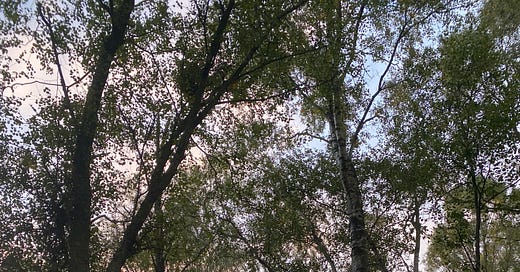



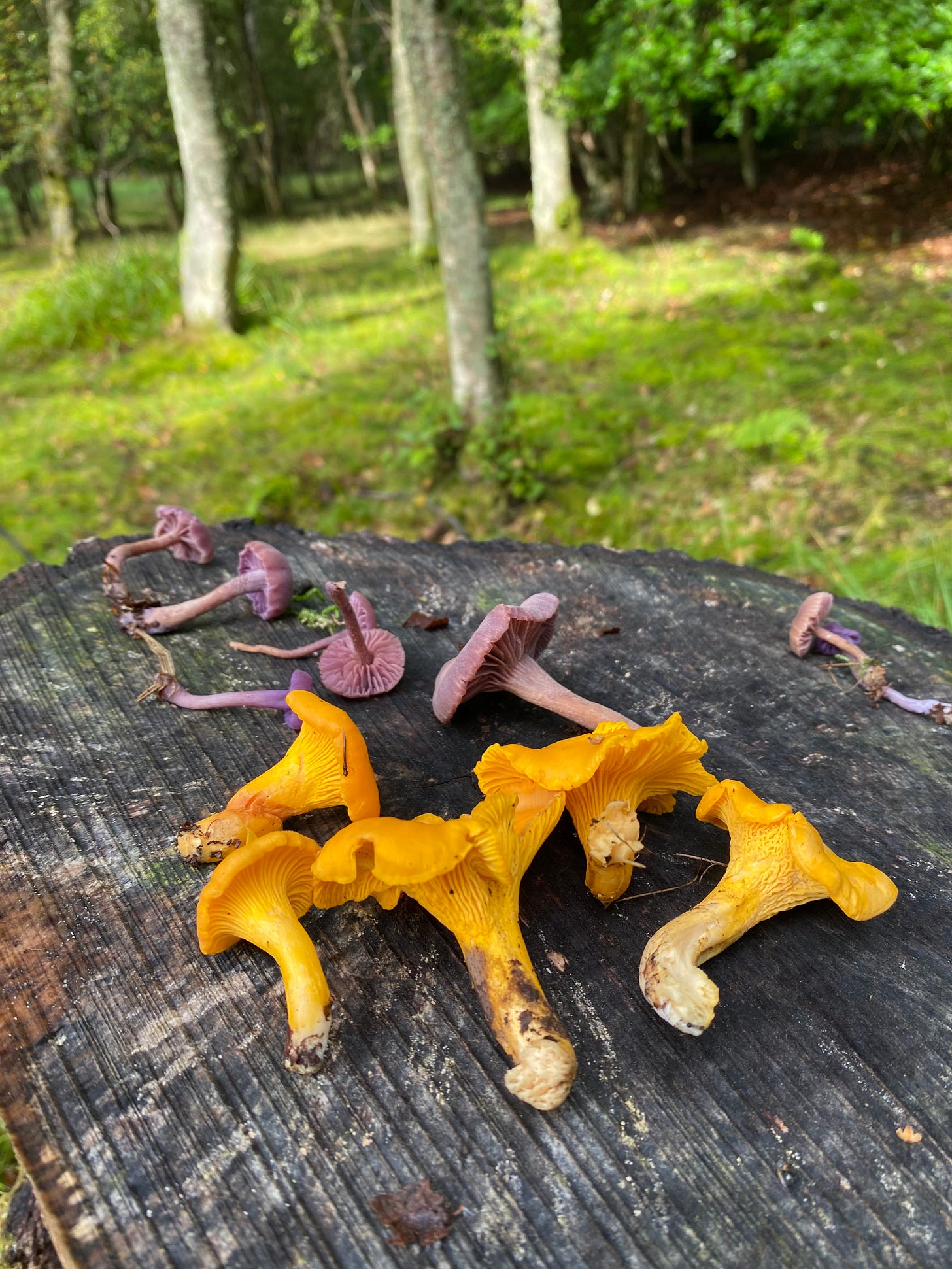
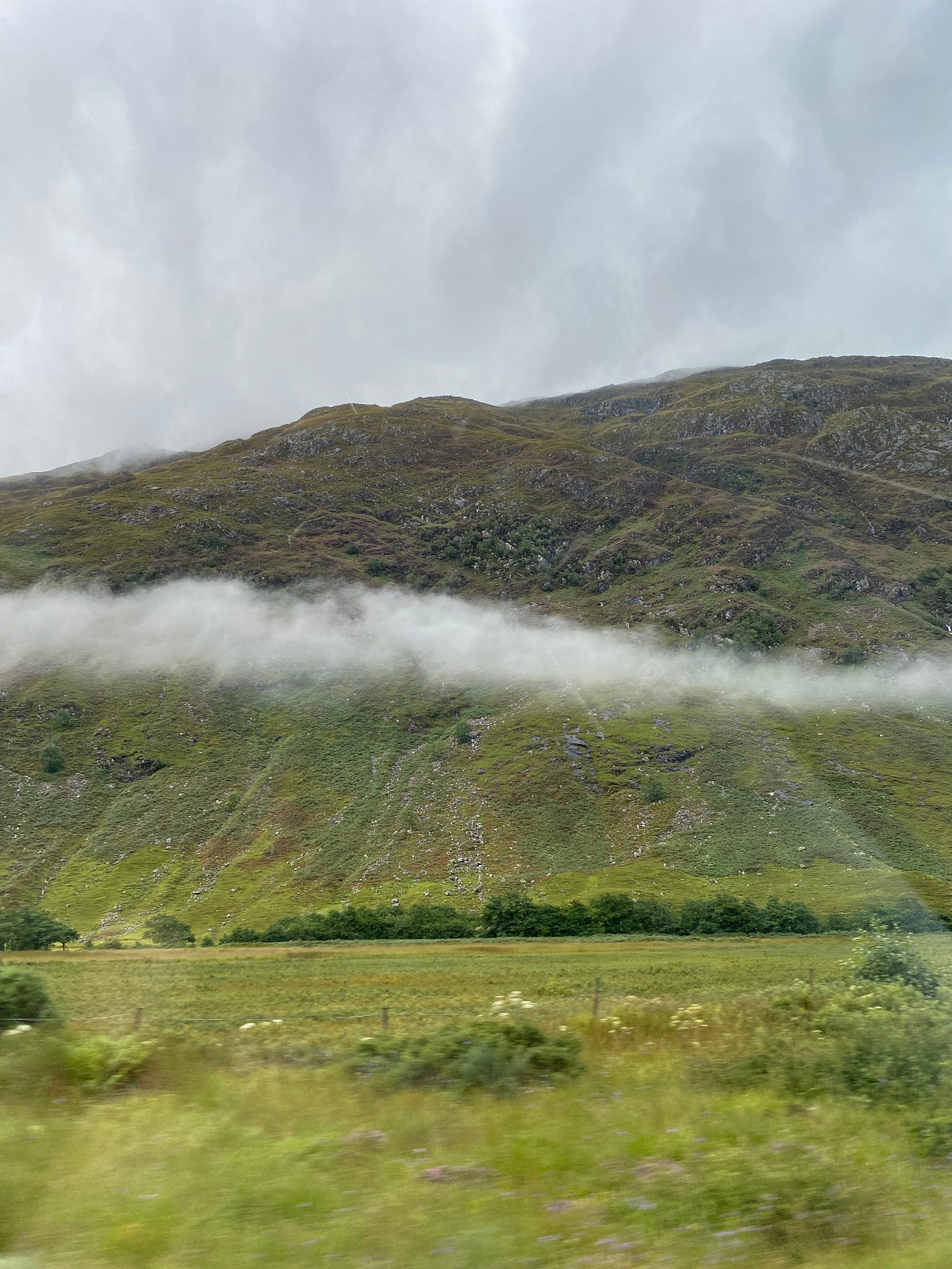
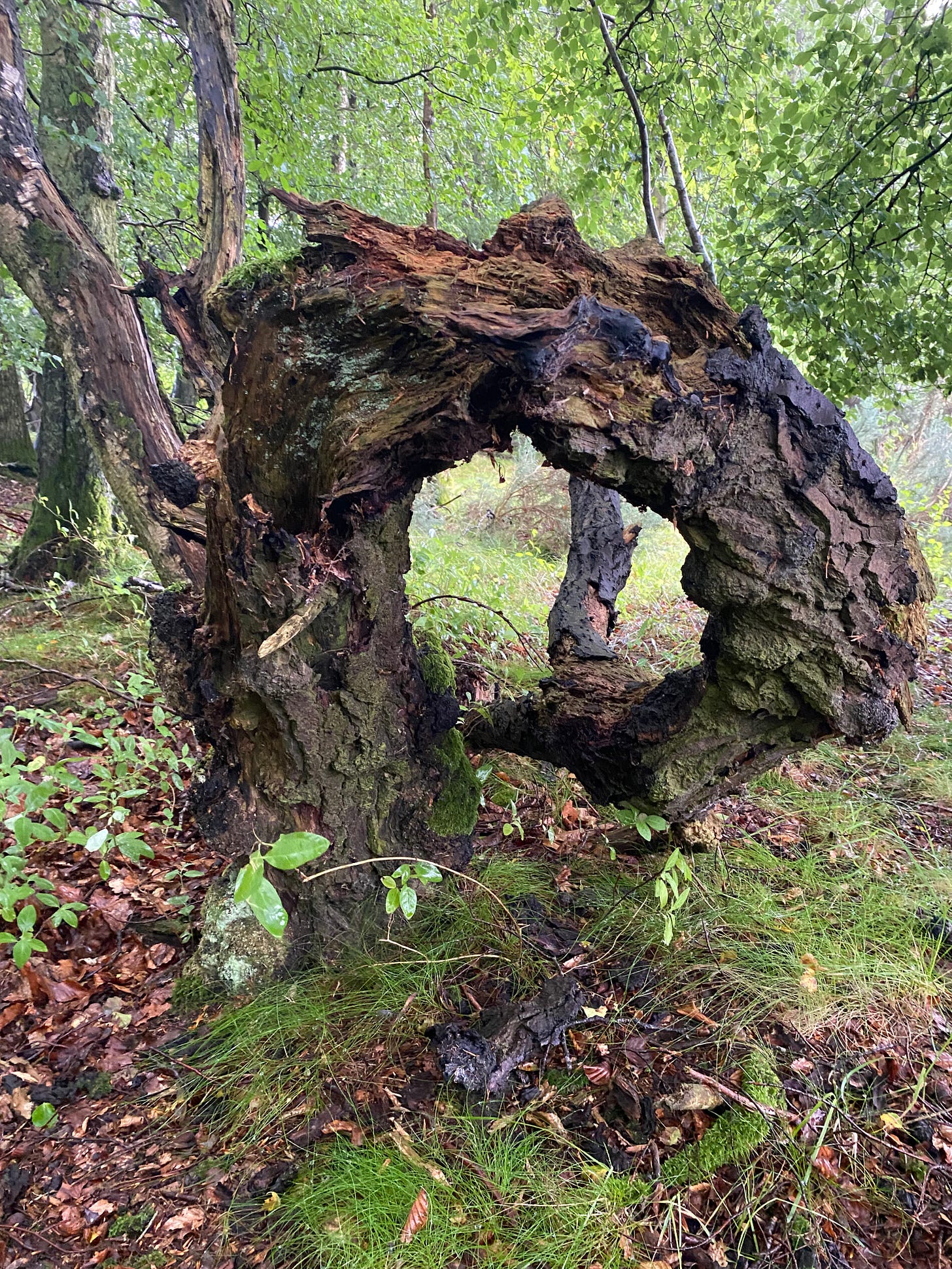

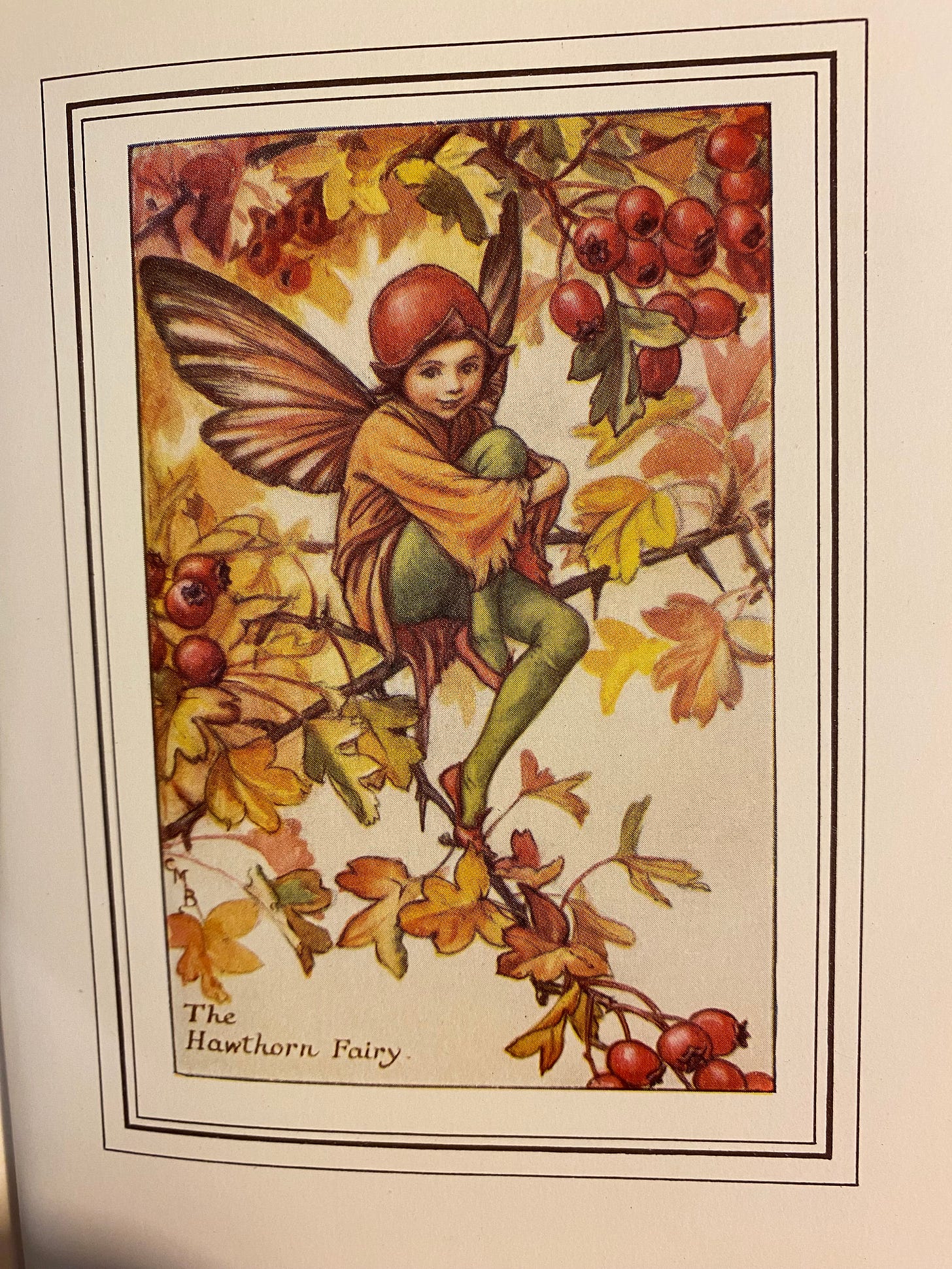

This was so fascinating! I remember reading years ago about placating the fairies in Ireland. There was a huge, ancient tree that the locals believed was a fairy tree but the government wanted to get rid of it to make room for a highway going through the valley. The locals strongly protested because they felt it would make the fairies angry. So the road ended up being built going around it.
I took an amazing class in college called The Supernatural in Every day History. We spent a day talking about fairies and people's eye witness accounts of seeing them. It was so fascinating!
I just found your page and loved this post so much, can't wait to dig into more of your work and look into some of the books your referenced here! Since you are more well-versed in this topic, I remember reading in something (can't remember where) about "Halloween" (or around this time) where I believe it was celts would want to ward off certain dark faries and that was where some of the trick or treating (dressing up, handing out treats, etc) came from (this may have also come from other cultures as well)? Have you ever heard this, I am always fascinated in how various traditions got started or twisted around from ancient traditions. Just wanted to ask!